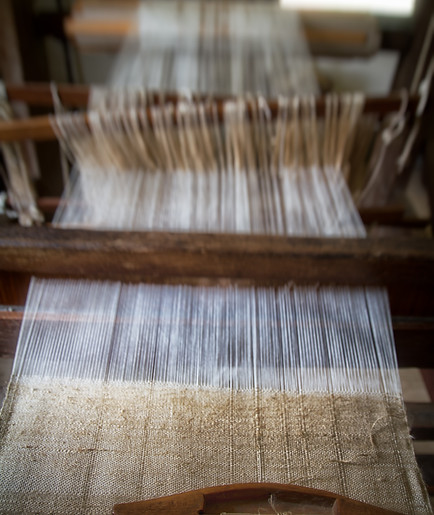Why this matters...
What we
believe
about it...
What we know...
"The earth is the LORD’s and everything in it,
the world, and all who live in it."
- Psalm 24:1
We don't own this world,
we are just managers of it.
"We all believe organic cotton is better for the environment, but how much do we really know, and more importantly, do we care? Here are a few things to consider when facing the decision of whether to buy conventional cotton or go organic." (SwedishLinens.com)
2,700 Liters of Water
This is how much water is used to make one cotton t-shirt. Did your stomach just turn a little? It should.
Although 70% of our planet is covered in water, only 3% is freshwater and just 1/3 of that 3% is available for us to use. 1 billion people don’t have access to freshwater and 2.4 billion people suffer from inadequate sanitation. Millions of people, mostly young children, die each year due to water-borne illnesses caused by inadequate sanitation and lack of water. Yet we still use 10,000 liters of water to process just one single kilo of conventional cotton.
Cancer, anyone?
Global organizations estimate thousands of people exposed to the chemicals used in non-organic cotton production die of cancer, poisoning, and miscarriages each year. Many also suffer from birth defects and other diseases such as asthma. The exposure to these toxic chemicals is taking its toll mostly in developing countries, such as India and Uzbekistan.
Dirtiest Crop on Earth
Conventional cotton has “earned” the title of being the dirtiest crop on earth. It consumes 16% of the world's insecticides and requires $2 Billion in pesticides each year. Pesticides and insecticides used in cotton production contaminate the soil we use to grow crops, the air we breathe, and the water we drink. The deaths of animals exposed to these contaminants are counted in the millions every year.
Global consumption of non-organic cotton releases huge amounts of greenhouse gas into our atmosphere, about 220 million metric tons a year. 1 metric ton of conventional cotton fiber produces 1.8 metric tons of CO2e. The damage caused to us and the environment by growing non-organic cotton is enormous and is a real threat to us and our planet.
Will you do your part?
Sources and further information on the topic:
https://www.soilassociation.org/media/6491/cool-cotton-organic-cotton-and-climate-change-2015.pdf
.png)


